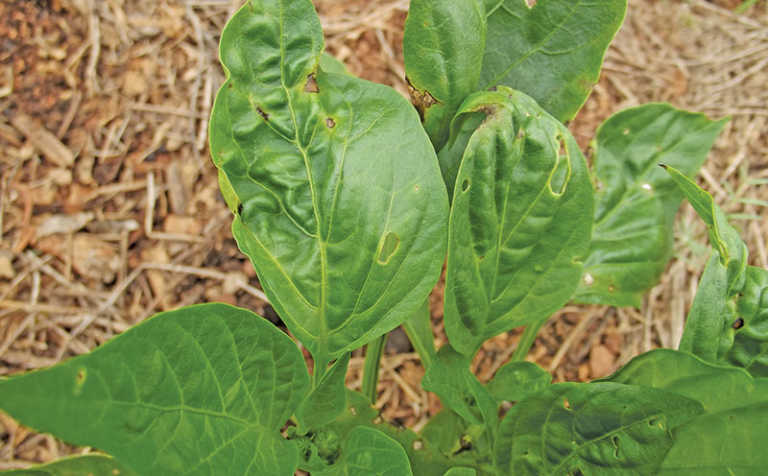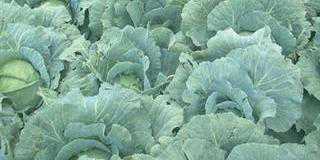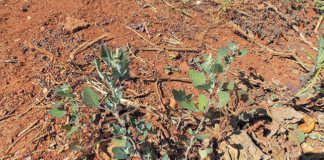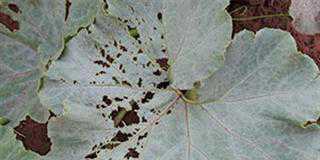
Photo: Bill Kerr
Leaves, petioles and fruit are vulnerable, and it takes five to 15 days for symptoms to manifest after infection.
The disease starts off on the underside of the leaves where water-soaked lesions a few millimetres across start developing. These turn brown – a sign of dead tissue – and the centre often drops out, leaving holes in the leaves.
On the fruit, the spots appear as raised brown lesions of a couple of millimetres in diameter. The fruit, of course, is downgraded. At the same time, yield is reduced as the leaves are unable to function at full capacity. In fact, they usually start to fall off once the disease gains a foothold.
Warm weather, high humidity and free water on the leaves create ideal conditions for the development of the disease. It spreads to other plants through rain splashes and sprinkler irrigation and by people and implements travelling through the land when the leaves are still wet.
Prevention
The disease is caused by the bacterium Xanthamonas campestrus pv vesicatoria and also occurs in tomatoes. There are three strains, and the disease is mainly seed-borne.
A fraction of a percentage of infected seed can result in 100% infection in the land.
As noted, bacterial spot is very hard to control. The best course of action is to ensure that transplanted seedlings are free of the pathogen.
When ordering seed, get an assurance from the seed company that the seed is either certified disease-free or has been treated.
This can take the form of immersion in hot water at 51°C for 30 minutes, or soaking the seed in a 10% sodium hypochlorite (bleach) solution for the same length of time. For chilli and paprika farmers who keep their own seed, treatment is a worthwhile precaution, even if no symptoms are visible.
After treatment, sow the seed before it is fully dry. This will speed up germination.
The disease can remain in undecomposed organic matter, but when a land is cultivated, decomposition is usually complete before a year is up. In this case, it’s safe to replant peppers or tomatoes a year later.
Preventing infection in seedlings
Seedling nurseries should not buy infected seed that can spread to other batches before going out to clients. For several years, one seed company sold infected seed of a good, open-pollinated variety, causing severe losses for farmers.
Seedling growers should always spray capsicums very thoroughly with a copper spray to which streptomycin at 200ppm is added.
Farmers often plant a number of varieties to spread the risk, evaluate new varieties or produce different colours for specific markets. I have seen one infected batch infest an entire farm, transferred to different lands by workers and tractors.
The disease is usually not a problem with flood or drip irrigation, unless the climate is warm and moist. If you find any infected plants, use copper sprays immediately, wetting the underside of the leaves as well with drop arms on the sprayer or similar equipment. These enable you to angle the spray nozzles.
Follow the sprayer when starting off to confirm that it is spraying underneath properly. Always use a sticker/spreader in the mixture.
If you walk through the lands in the early stages and spot any infected plants, you can sometimes stop the spread by carefully removing these plants.
There are varieties resistant to some or all of the three strain, but remember: resistance is not immunity.













